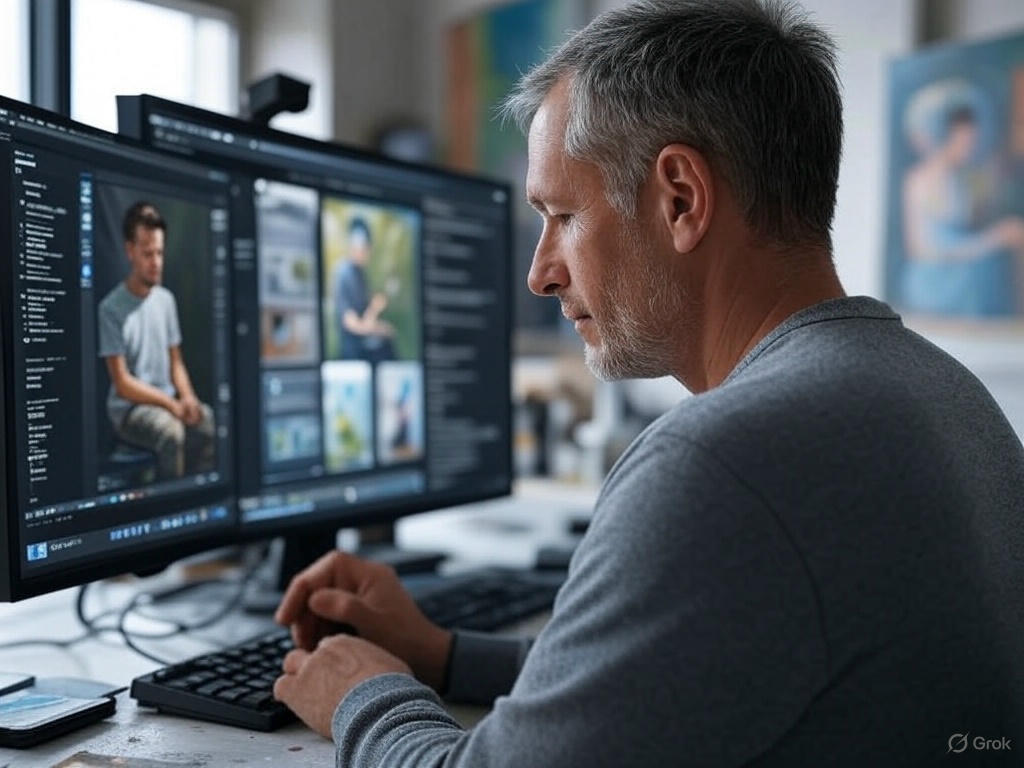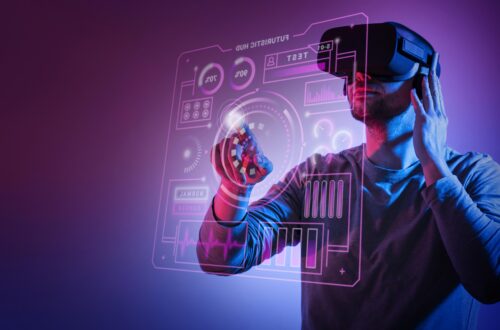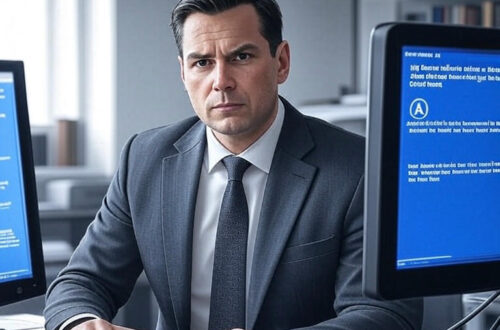Introduction
Artificial Intelligence (AI) is no longer confined to the realms of tech and business — it’s rapidly revolutionizing the world of arts. From generating original artworks and music compositions to curating personalized art experiences, AI is redefining creativity and challenging traditional boundaries. This fusion of technology and art is opening unprecedented avenues for artists, galleries, and consumers, shaping a vibrant future where human creativity is augmented by intelligent algorithms.
How AI is Shaping the Art World
AI technologies such as deep learning, neural networks, and generative adversarial networks (GANs) empower machines to analyze vast amounts of data, recognize patterns, and even create original works. This shift is evident in several key areas:
-
AI-Generated Artworks
Algorithms can now produce paintings, sculptures, and digital art that rival human creativity. Projects like DeepDream and GANpaint Studio allow machines to generate unique visuals based on learned artistic styles, leading to new art forms and even AI artists like Obvious, whose AI-created portrait sold at Christie’s auction for over $400,000. -
Music and Literature Composition
AI composes music tracks by learning from millions of songs, producing original melodies tailored to specific genres or moods. Similarly, AI-driven tools assist writers in crafting poetry, stories, and scripts, enhancing creativity and efficiency. -
Personalized Art Experiences
Museums and galleries employ AI to create customized tours, immersive exhibitions, and interactive installations that adapt to visitor preferences, boosting engagement and accessibility. -
Art Restoration and Authentication
AI aids in analyzing artworks to detect forgeries, assess damage, and assist restorers with precision techniques — preserving cultural heritage for future generations.
Why AI is a Game-Changer for the Art Industry
-
Expanding Creative Boundaries: AI acts as a co-creator, providing artists with new tools to experiment and innovate.
-
Democratizing Art Creation: With AI-powered platforms, even non-experts can create compelling artworks, opening the doors to a broader creative community.
-
Enhancing Commercial Opportunities: AI optimizes art marketing, personalized recommendations, and sales strategies, benefiting artists, galleries, and collectors.
-
Driving Cultural Evolution: By merging traditional artistry with cutting-edge tech, AI accelerates the evolution of art forms that reflect contemporary societal narratives.
Challenges and Ethical Considerations
Despite its transformative potential, AI in arts raises questions around originality, authorship, and ethics. Who owns AI-generated art — the creator of the algorithm, the artist using it, or the machine itself? Additionally, concerns about job displacement and cultural homogenization require thoughtful dialogue and regulation.
Future Outlook
Looking ahead, AI will be deeply embedded in the creative ecosystem. We can expect more sophisticated AI tools that collaborate seamlessly with human artists, hyper-personalized art experiences, and new marketplaces driven by blockchain and AI for provenance and sales.
Conclusion
AI is not replacing human creativity; it’s amplifying it. For artists, institutions, and consumers, embracing AI means unlocking new dimensions of artistic expression and engagement. As the lines between art and technology blur, the future of arts promises to be as exciting as it is transformative.
Visit our website : VinesNest





